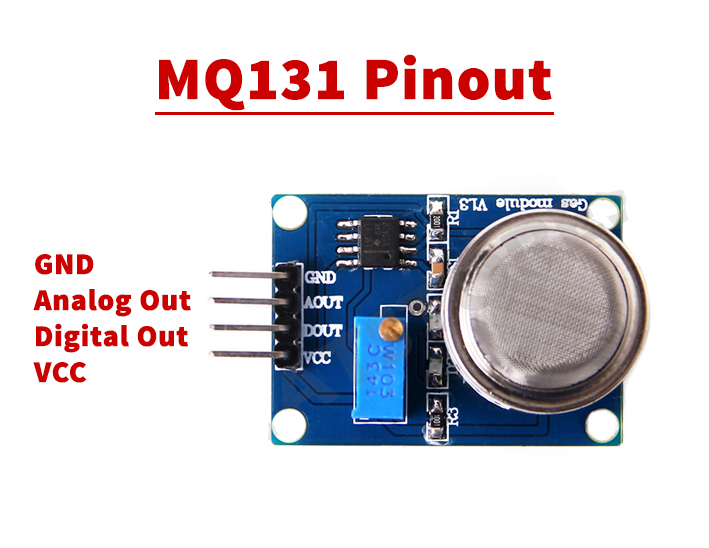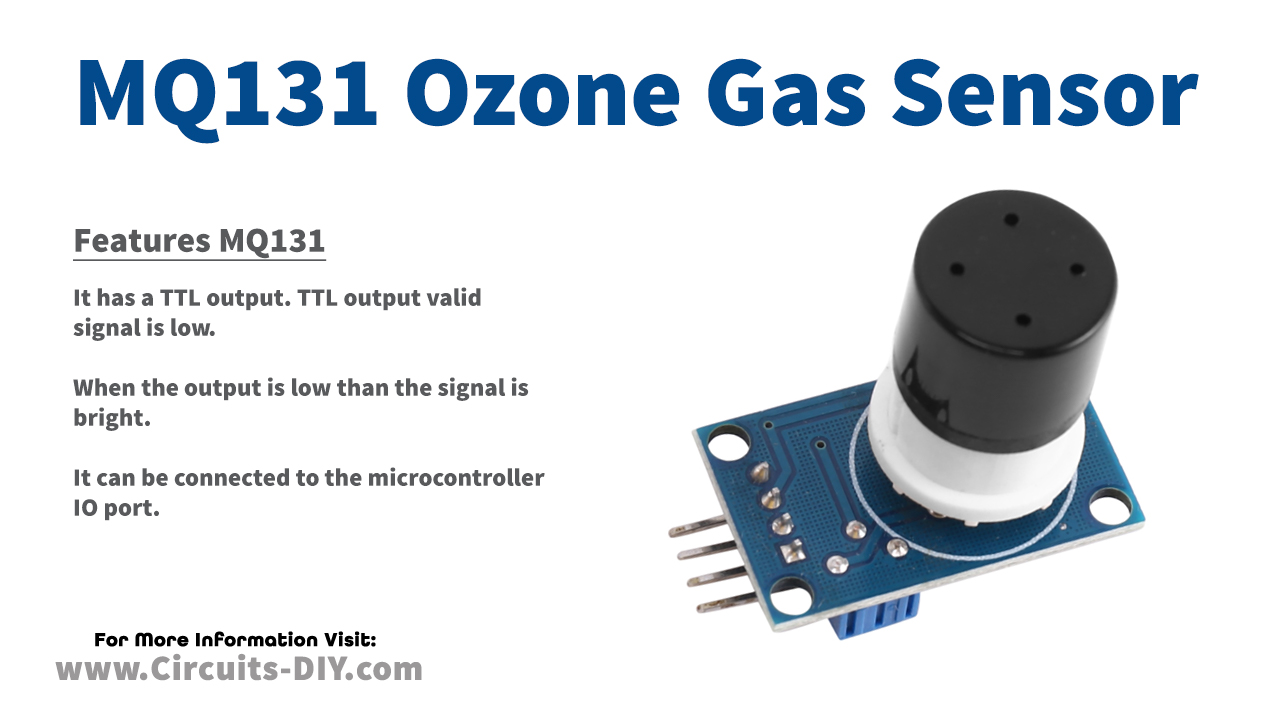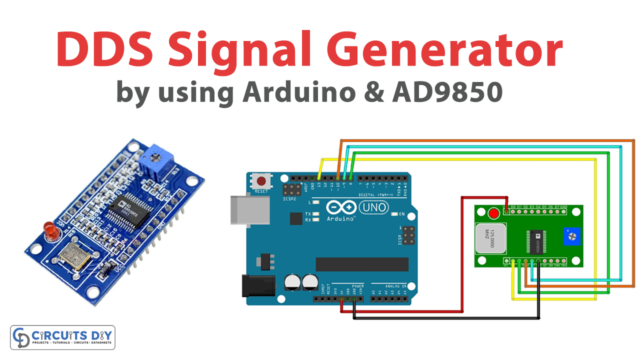Ozone gas is a pale blue gas having a pungent smell. This gas is an allotrope of oxygen and is indicated as O3. But, this gas is less stable than the diatomic allotrope O2. Ozone is made from dioxygen by the action of UV and electrical discharges within the atmosphere of the earth. It is present in very low concentrations throughout and has the highest concentration in the ozone layer because it absorbs most of the ultra-violet radiations of the sun. So, to detect the concentration of ozone gas, there is a sensor, belongs to the MQ gas sensor series, known as the MQ131 ozone sensor.

An Overview about MQ131 Ozone Sensor
The MQ-131 ozone gas sensor can sense ozone concentration levels in the air. An internal preheater inside the sensor helps to attain the ideal sensing conditions. But, because of this internal preheater, the sensor requires more current. Fortunately, the sensor comes pre-calibrated, however, final calibration is needed for accurate measurements.
Internal Structure
This MQ sensor is formed with a micro AL2O3 ceramic tube, a sensitive layer of tin
Dioxide (SnO2), measuring electrode, and heater are fixed into a crust of stainless steel net and plastic. The heater provides certain work conditions for sensitive components. The MQ131 sensor has six pins, four of them are used to fetch signals, while it used the other two for providing heating current.

Working Principle
The MQ131 sensor contains the sensing component known as Tungsten trioxide (WO₃). It has lower conductivity in pure air and higher conductivity when there is a high concentration of ozone. The sensor has an acute sensitivity to ozone and also has a sensitivity to strong oxides like NO2, CL2, etc. Moreover, it responses opposite to organic interference gases.
Features and Specifications of MQ131 Sensor
Features
- It has a TTL output. TTL output valid signal is low.
- When the output is low than the signal is bright.
- It can be connected to the microcontroller IO port.
- Its analog output decreases when the concentration increasing.
- The signal output indicator light.
- It is highly sensitive to ozone gas.
- The sensor has a long service life and reliable stability.
- It has a fast response and recovery feature.
Specifications
- Operating Voltage: 4.5V to 5V DC.
- Interface type: Analog.
- Circuit voltage: 5V±0.1
- Heating voltage: 6V±0.1
- Heater resistance: 31Ω±5%
- Heating consumption Less than 1100m
- Resistance: 100KΩ-200KΩ (50ppb O3 )
- Temp: 20℃±2℃ Vc:5V±0.1
- Humidity: 65%±5% Vh: 6V±0.1
Pinouts of MQ131 Sensor
| Pin Number | Pin Name | Description |
| 1 | Vcc | The [in is there to power the module, requires 5V |
| 2 | Ground | To connect the module to the system’s common ground |
| 3 | Digital Out | Digital output pin, the Threshold value can be set by using the potentiometer |
| 4 | Analog Out | Analog output pin. Analog voltage based on the concentration of the gas |

Applications of MQ131
Ozone concentration alarm
Portable ozone concentration alarms are a simple device for Health and Safety Management that collects real-time data on ozone gas levels both indoors and outdoors. Hence, uses the MQ131 sensor.
Air Quality Monitoring
Air pollution is a significant environmental problem and creates serious harm to human health. An IoT-based air quality monitoring uses sensors to monitor the pollutants to which are toxic to human health. And, for this purpose, the device uses a microcontroller with an MQ131 sensor.













